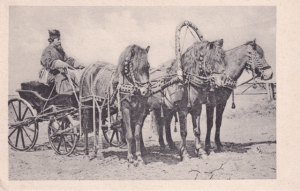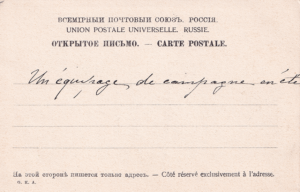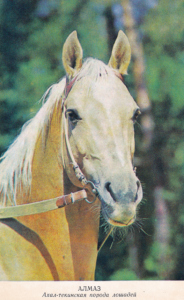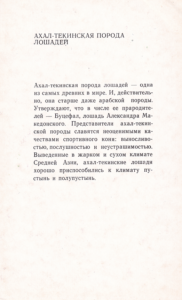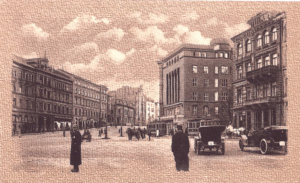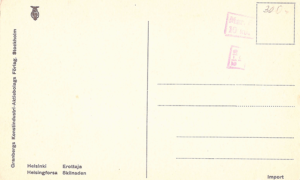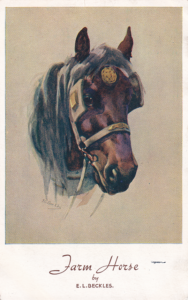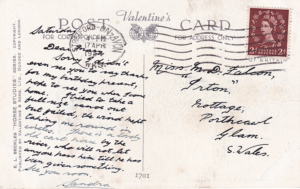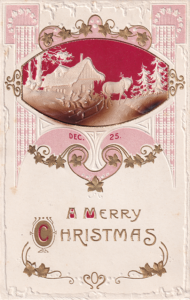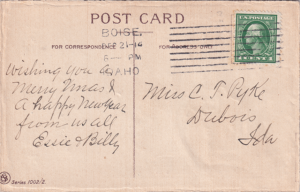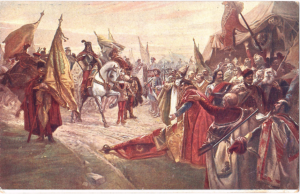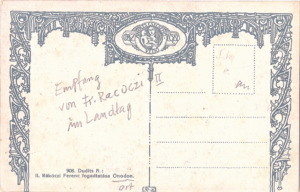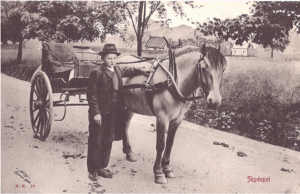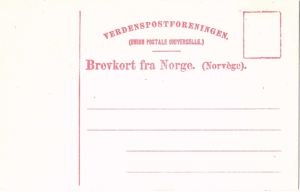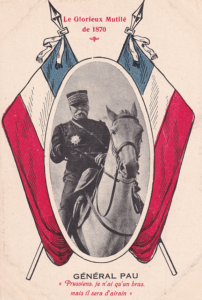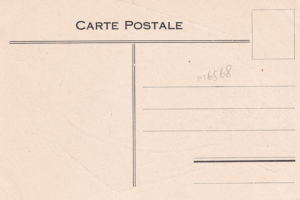Þorramatur in Iceland.

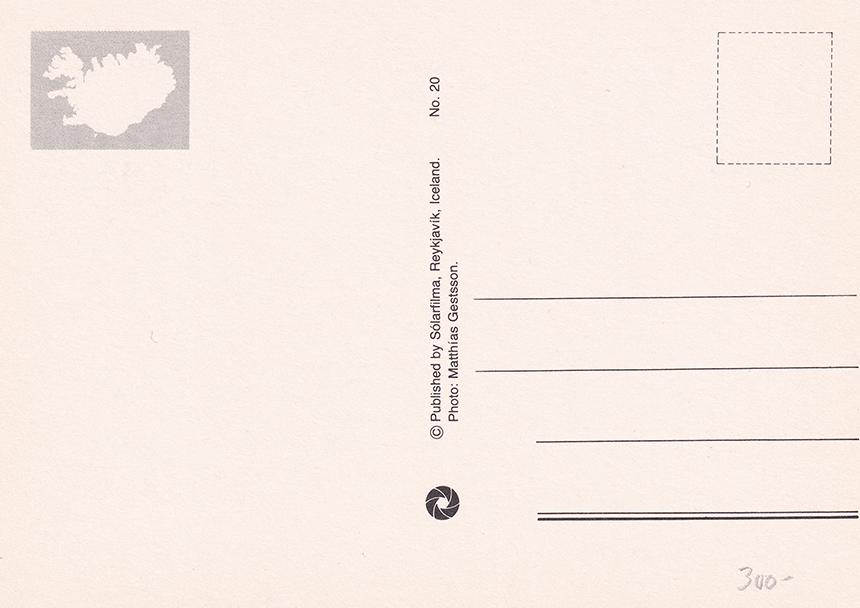
Reverse side of the postcard.
More information
Þorramatur in Iceland.
Iceland has a long history of farming and agriculture, and in earlier times, self-sufficiency was crucial for survival. As the country's climate and geographical isolation made it challenging to access fresh food year-round, Icelanders developed preservation methods to sustain themselves during the winter months.
To preserve food, Icelanders relied on methods such as drying, smoking, pickling, and fermentation. These techniques allowed them to store food for extended periods, ensuring a source of sustenance during the long winter season when fresh produce was scarce.
The mid-winter festival known as Þorrablót has its roots in pagan traditions and was historically celebrated to mark the end of the coldest period of winter. It was a time of communal gathering and feasting, and it typically took place in January or February, coinciding with the ancient month of Þorri in the Icelandic calendar.
Over time, the preserved foods that were traditionally consumed during Þorrablót came to be collectively known as Þorramatur. These foods were representative of the preservation techniques used in the past and reflected the resourcefulness of Icelanders in making the most of their available food resources during winter.
Object data
Title
Þorramatur in Iceland.
Artist
Matthias Gestsson.
Founder
"Solarfilma", Reykjavík.
Date
2015.
Culture
Iceland.
Classification
Postcard.

